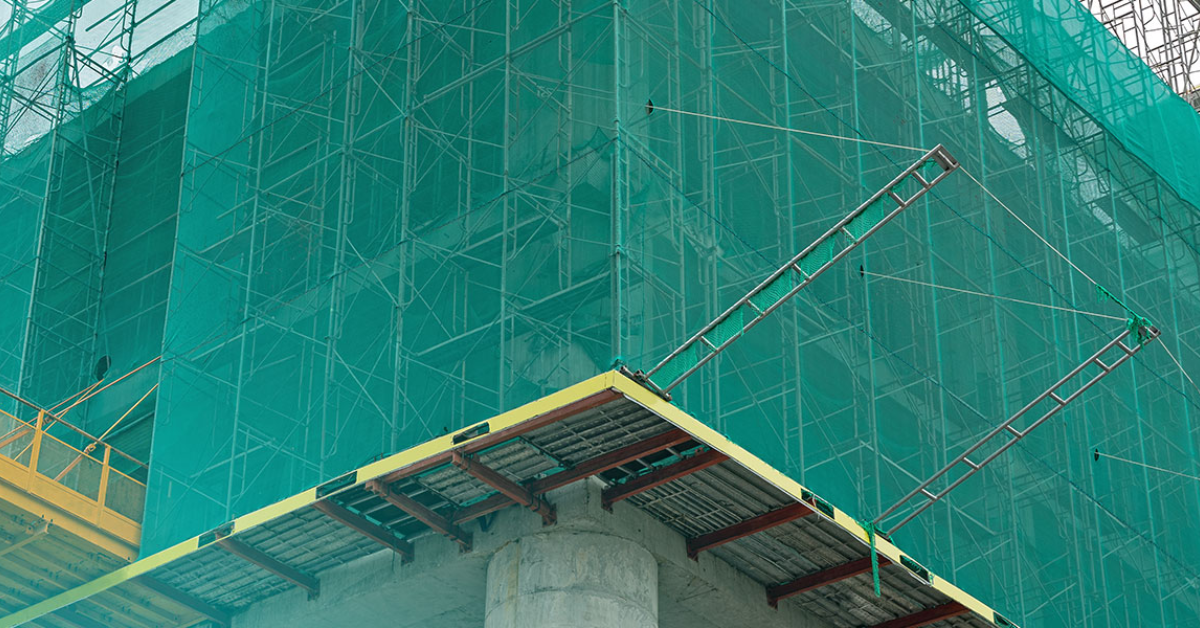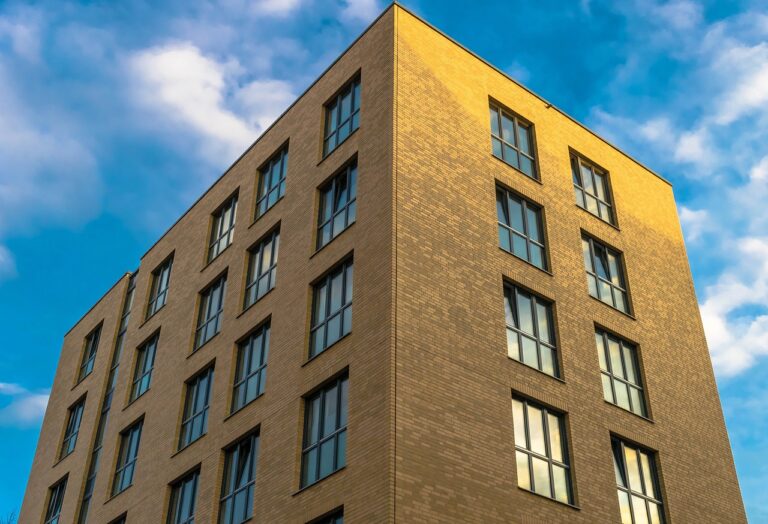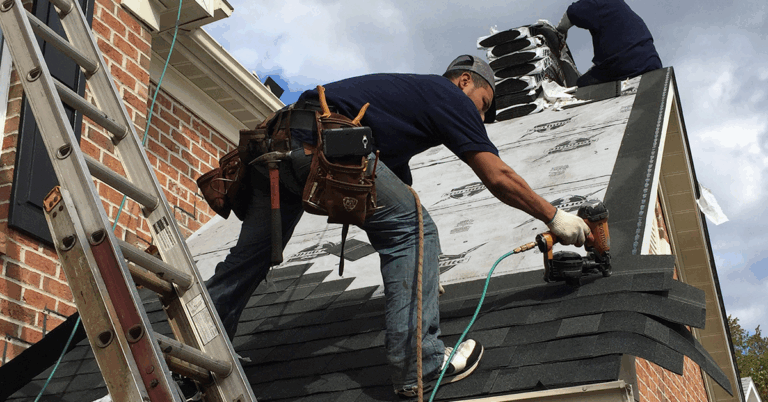The Importance of Construction Safety Netting: A Key Element for a Secure Worksite
Construction sites are dynamic environments with numerous hazards that pose risks to workers, equipment, and even the public. One of the most effective safety measures for minimizing these risks is the use of Construction Safety Netting. Whether it’s to prevent falls from height, protect surrounding areas, or contain debris, safety netting plays a crucial role in ensuring that construction projects are carried out safely.
At MyCanvas Singapore, we are committed to providing high-quality safety solutions for the construction industry, including top-notch construction safety netting. In this blog, we will delve into the importance of construction safety netting, its various types, applications, and how it can significantly enhance the safety of a construction site.
What is Construction Safety Netting?
Construction safety netting is a form of protective netting that is used in construction sites to prevent workers, materials, or debris from falling off elevated platforms or structures. It is typically made from strong, durable materials such as polyethylene, polypropylene, or nylon, and is designed to withstand the rigors of a construction environment.
Safety netting is commonly used on scaffolds, building facades, and overhead areas to prevent accidents that could result in injuries or fatalities. Additionally, it helps in controlling the spread of construction debris, thus reducing the risk of injury to those working below or in nearby areas.
Why is Construction Safety Netting Essential?
1. Fall Protection
One of the most prominent risks on construction sites is falls from heights. Workers on scaffolding, roofs, or high-rise buildings are especially vulnerable. Safety netting acts as a fall arrest system, providing a cushion that can prevent workers from falling to the ground. The netting is designed to absorb impact, ensuring that even in the event of a fall, the worker’s chances of serious injury are significantly reduced.
2. Debris Containment
Construction sites often involve activities that generate a large amount of debris, such as cutting, drilling, or demolition. This debris can pose a significant risk to workers and pedestrians around the site. Safety netting acts as a barrier, preventing falling objects from causing harm to individuals below. It is especially crucial in urban areas or places with high foot traffic where the risk of injury from falling debris is higher.
3. Prevention of Object and Material Loss
Construction safety netting helps in securing tools, equipment, and materials on elevated platforms or scaffolds, reducing the risk of accidental drops. It ensures that valuable tools and materials stay in place, minimizing the potential for loss or damage. By containing objects within a specific area, netting also promotes better organization on the site, reducing clutter and improving efficiency.
4. Compliance with Safety Regulations
Many construction sites are required to adhere to strict safety standards and regulations. In many jurisdictions, the use of safety netting is mandated by law for certain types of work, especially those involving heights. By implementing safety netting, contractors and site managers can ensure compliance with safety regulations, reducing the risk of fines, legal issues, and work stoppages due to non-compliance.
Types of Construction Safety Netting
There are several types of construction safety netting designed for different purposes and construction environments. Below are some of the most common types:
1. Fall Arrest Netting
Fall arrest netting is specifically designed to stop a worker from falling from a height. It is usually installed below platforms, scaffolding, and other elevated work surfaces. The netting is made to catch workers in the event of a fall, cushioning the impact and reducing the likelihood of injury.
2. Debris Netting
Debris netting is used to contain falling materials or objects. It is commonly seen on scaffolding or on the perimeters of construction sites. This type of netting ensures that construction debris does not fall into areas where it could cause harm to people or property.
3. Safety Barrier Netting
Safety barrier netting is used to create physical barriers around a work zone to prevent unauthorized access. This type of netting is ideal for situations where there is a risk of falling objects, and it can be used around the perimeter of scaffolds, bridges, and other high structures.
4. Scaffold Netting
Scaffold netting is specifically designed for use on scaffolding structures. It provides additional protection for workers on scaffolds and prevents tools and materials from falling off the scaffolding. This type of netting can also shield workers from extreme weather conditions such as wind and rain.
5. Edge Protection Netting
Edge protection netting is installed at the edges of building floors or structures to prevent workers from falling over the edge. It provides a barrier around the perimeter of a building or elevated platform, which is especially important in high-rise construction or when working on roofs.
Benefits of Construction Safety Netting
1. Enhanced Worker Protection
The primary benefit of construction safety netting is enhanced worker safety. It minimizes the risk of fatal accidents by preventing falls and protecting workers from falling objects. In high-risk environments such as high-rise buildings or scaffolding, safety netting is indispensable.
2. Cost Savings
Although installing safety netting involves an upfront investment, it can save significant costs in the long run. By preventing accidents and injuries, construction companies can avoid costly medical bills, workers’ compensation claims, and delays in project timelines. Safety netting also minimizes damage to equipment and materials, reducing the need for replacements or repairs.
3. Improved Compliance
Adhering to safety standards is a critical part of any construction project. The installation of safety netting helps companies comply with industry safety regulations and standards, avoiding penalties and maintaining a safe working environment.
4. Public Safety
Construction safety netting is not only designed to protect workers but also to safeguard the general public. In areas where construction is ongoing near streets, sidewalks, or other public spaces, safety netting prevents debris from falling into public areas, keeping pedestrians and nearby buildings safe.
How to Install Construction Safety Netting
Step 1: Plan the Installation
Before installing safety netting, it’s essential to assess the site and determine where the netting will be most beneficial. Identify the locations where workers are at risk of falling, as well as areas where debris may fall and cause injury. This plan should align with your safety regulations and ensure that the netting meets the required standards.
Step 2: Choose the Right Netting
Depending on the type of construction work, you’ll need to select the appropriate netting. Choose materials that are durable and capable of withstanding the specific hazards of your site, such as extreme weather conditions, weight loads, and impact forces.
Step 3: Install Support Systems
The safety netting needs to be securely anchored to support beams or structures. Proper support ensures that the netting remains in place and functions effectively in the event of a fall or when catching falling debris.
Step 4: Test the Netting
Once the safety netting is installed, conduct thorough testing to ensure that it can withstand the intended load and function as required. This includes checking the netting for stability, strength, and any potential weaknesses.
Step 5: Regular Inspections and Maintenance
Ongoing inspections and maintenance are crucial to ensure that the safety netting remains effective throughout the course of the project. Damaged or worn-out netting should be replaced immediately to maintain a safe working environment.
Conclusion
Construction safety netting is an essential safety measure that provides significant benefits in terms of worker protection, compliance, and cost savings. By using high-quality safety netting, contractors can minimize the risk of accidents, protect both workers and the public, and create a safer construction site overall. At MyCanvas Singapore, we offer high-quality safety netting solutions tailored to the specific needs of your project. Our team is committed to ensuring that you have the best protection in place so you can focus on delivering your project with confidence.
Frequently Asked Questions (FAQs)
1. What are the main types of construction safety netting?
The main types of construction safety netting include fall arrest netting, debris netting, safety barrier netting, scaffold netting, and edge protection netting. Each type is designed for specific purposes and different aspects of construction safety.
2. How does safety netting prevent falls?
Safety netting works by catching workers who may fall from elevated surfaces, such as scaffolds or rooftops. The netting absorbs the impact of the fall, significantly reducing the risk of injury or death.
3. Is safety netting required by law?
Yes, safety netting is often required by law for certain construction activities, particularly those that involve working at heights. Compliance with safety regulations is essential for both worker protection and legal reasons.
4. How do I maintain construction safety netting?
Safety netting should be regularly inspected for wear and tear. Any damage or deterioration should be addressed immediately by repairing or replacing the netting to ensure it continues to function effectively.
5. Can safety netting be used for both indoor and outdoor construction?
Yes, safety netting can be used for both indoor and outdoor construction projects. It is versatile and can be installed in various environments to provide safety for workers and surrounding areas.
6. How do I know which type of safety netting is best for my project?
The best type of safety netting depends on your project’s specific needs. Factors such as the height of the work, the types of hazards present, and the type of construction activity being performed will determine the appropriate netting. Consult with experts to help you make an informed decision.
7. What materials are construction safety nets made from?
Construction safety nets are typically made from durable materials like polyethylene, polypropylene, or nylon, which offer high tensile strength and resistance to weather conditions, wear, and tear.
By integrating construction safety netting into your construction project, you are investing in the safety of your workers, the protection of your materials, and the overall success of your project. Make the right choice today to ensure that your construction site remains secure and compliant with safety regulations.







